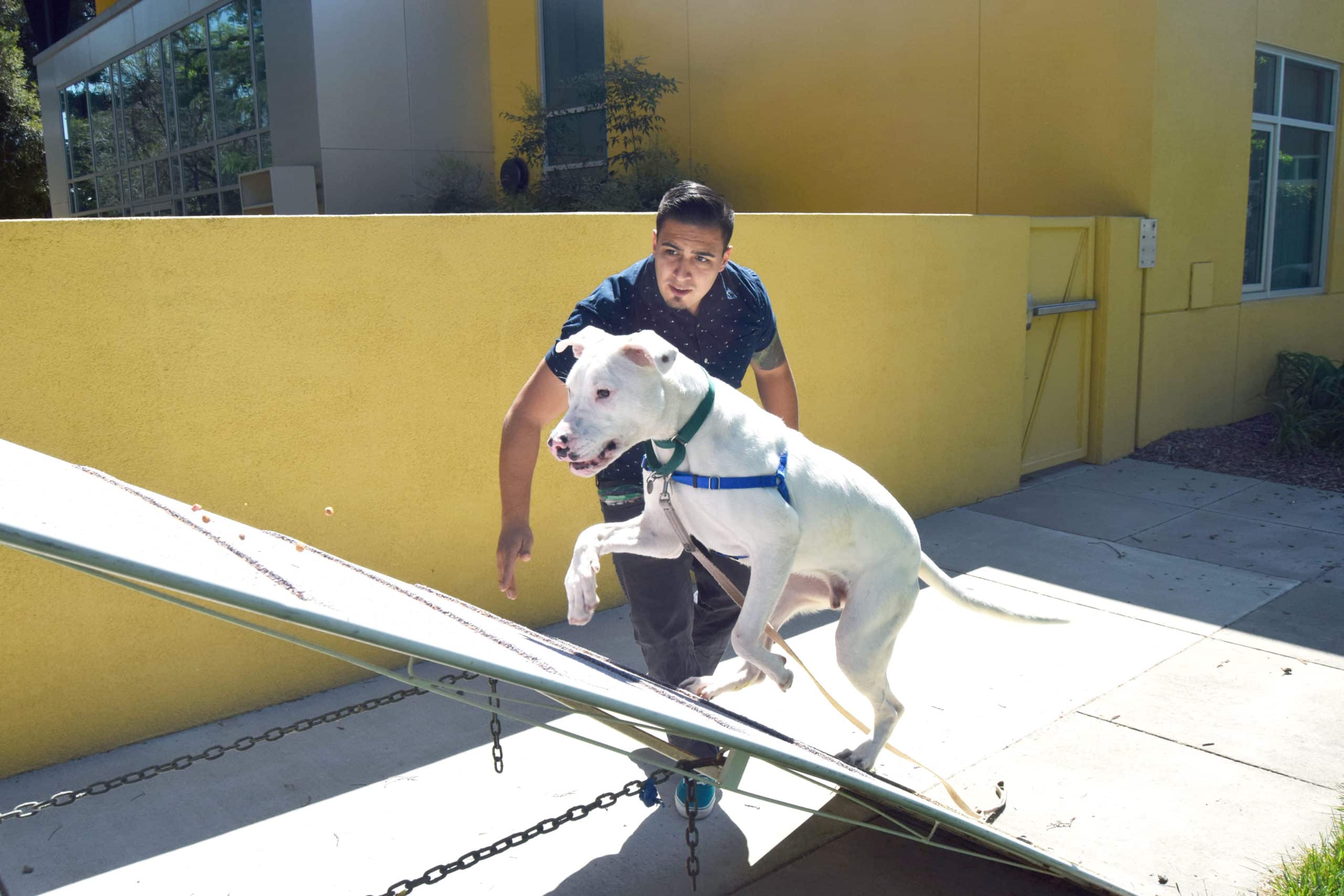Introducing a new cat to a household of existing cats can be a little tricky. With a bit of preparation and some time and patience you can ensure a smooth introduction and pave the way for peaceful inter-kitty relationships.

Day One
There are a few preparations that must be made prior to bringing home your new friend. Set up a room that will be your new cat’s own private space for several weeks. A spare bedroom or home office is ideal. They should have food, water, toys, bedding and a new litter box that has never been used by other cats.
When you bring your new cat home, take them directly into the room, open the carrier and leave the room, closing the door behind you. Give them a few hours of alone time to de-stress and explore the new territory. This is the perfect time to sit outside the door and give extra attention to your existing cat who has undoubtedly noticed the new cat’s smell and may be anxious. Some hissing and swatting between the two under the door is normal.
Next Steps
On day three swap the bedding of your cats so they can become accustomed to each other’s’ scents. You can also groom both cats with the same brush to exchange smells.
During the next three days several times each day, close your resident cat in a different room and open the door of the new cat’s room. Allow them several hours to investigate the rest of the house without having to encounter your original cat face to face. This will also spread the new cats scent around the house for the resident cat to investigate later.
Once a week has passed, open the door just a crack. Secure it with a doorstop so that it cannot open any wider but also cannot close. Now the cats can meet each other nose to nose and interact without the threat of a fight. Supervise these sessions (several each day) and when there is no more hissing, growling or swatting the cats are ready to finally meet. Get some super smelly tasty treats (sardines, tuna, liverwurst, etc.) and sit on the floor near the cracked door. Give the cats on each side tiny, little bits. This will build the association that the other cat equals super tasty stuff.
If either cat is interested in interactive games (wands, cat dancers, etc.) try putting a piece of string or a cat dancer halfway under the door so each cat can play with one end. They will then be playing with each other without the pressure of face to face
Complete Access
Gradually, day by day open the door a little wider until they are able to meet and interact without hostility. Keep the door to the new cat’s room open so they can retreat to their safe space if they feel overwhelmed.
In the beginning you should always supervise the cat’s interactions. When you leave the house, cannot watch them at night, the new cat should be confined in their room. Once you notice that they are calm enough to sleep in each other’s presence then you know they are well on their way to becoming great friends.



